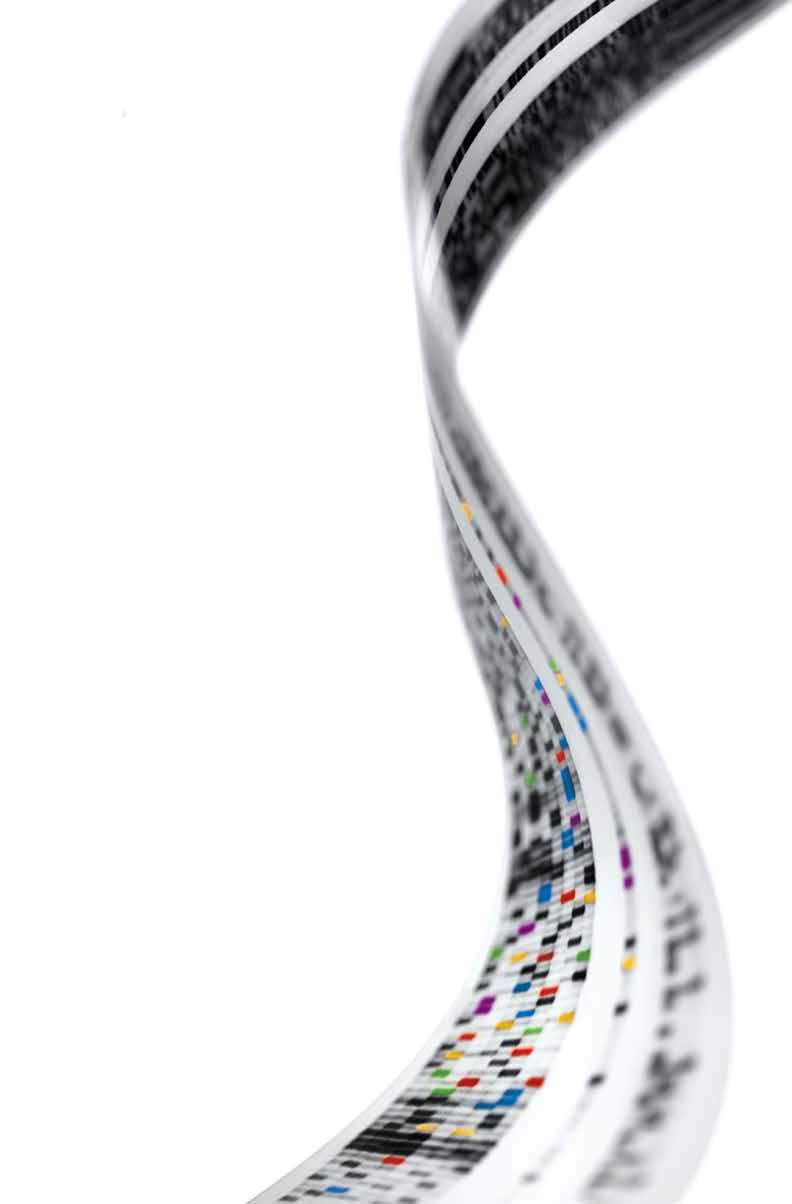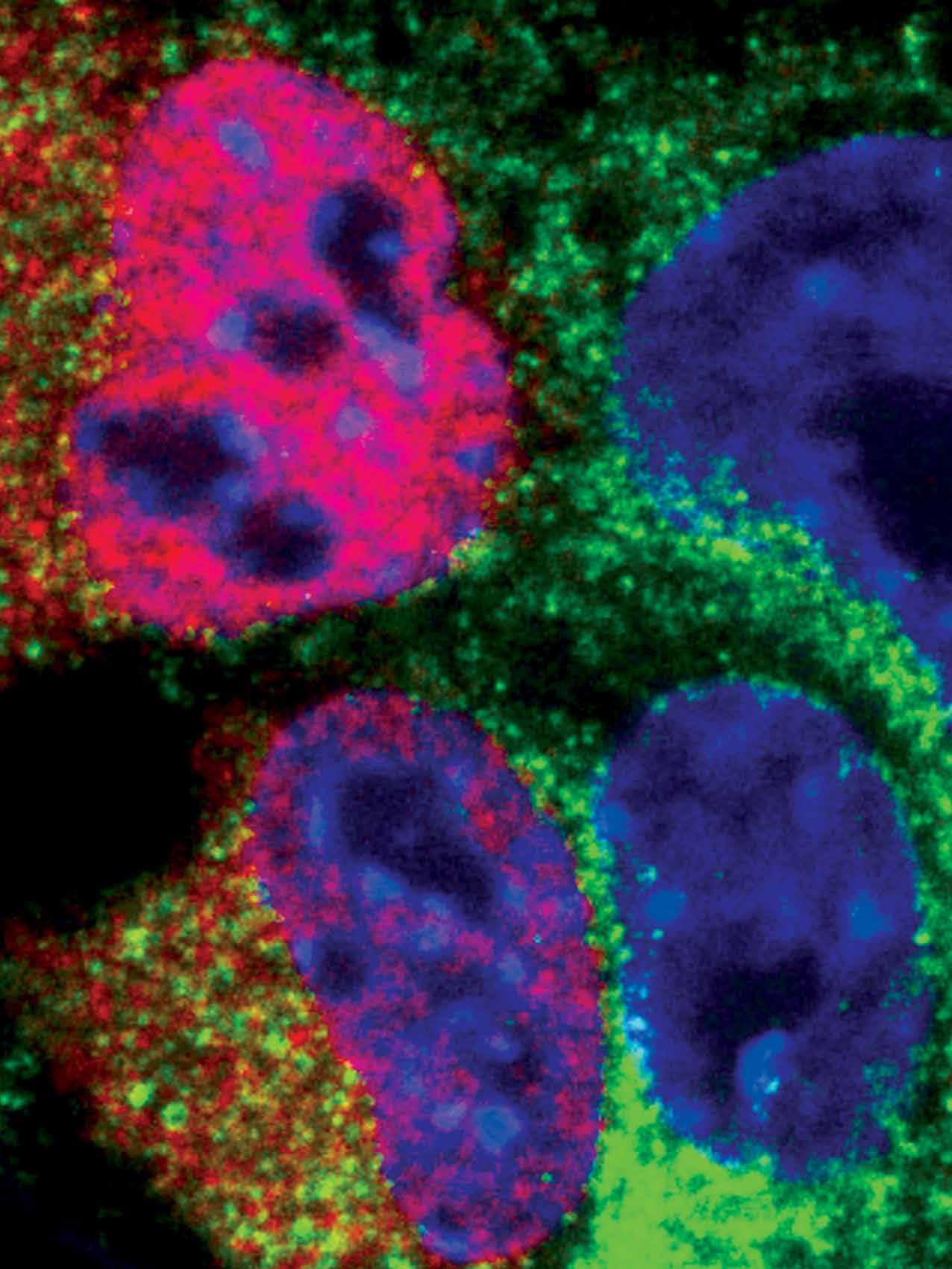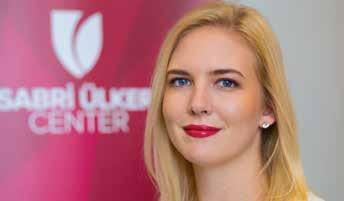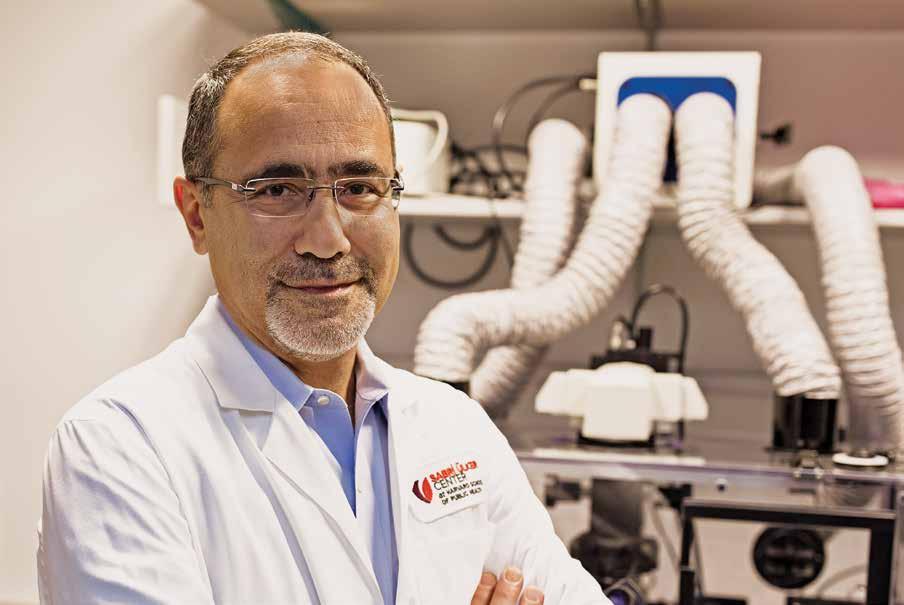
1 minute read
Looking Forward
I am exceedingly proud of our efforts in this third year of the Ülker Center, and as I look forward to 2018, I anticipate continued excitement and endurance as we promote scientific progress.
Our researchers are inspired to achieve the highest standard of scholarship with the ultimate goal of making discoveries that will expand scientific knowledge. We hope that one day these discoveries will inform public policy, human behavior, and therapeutic efforts to improve human health. We are incredibly fortunate to have access to cuttingedge technologies such as those available at the Sabri Ülker Imaging Center and the Harvard University campus. These resources enable our work at the Ülker Center to be at the global forefront of metabolic research. More broadly, we enjoy the rich intellectual environment of the Harvard community and the city of Boston.
Advertisement
As our group grows and changes, it is a tremendous honor to watch over the scientific development of our trainees. During their years here they hone their technical skills, improve their scientific thinking and communication, and eventually take steps to become independent researchers. As you have glimpsed in these pages, their efforts also produce important insights into physiological and pathological processes that are guiding strategies to treat and prevent diseases.
Lastly, I am also looking forward to our next Symposium on Metabolism and Life, to be held May 29–30, 2018, in the historic Memorial Hall, adjacent to the Harvard University undergraduate campus. Our guests will be treated to presentations from the leading stars of metabolism research. It is sure to be a most memorable event for our trainees and fellows, an unmatched opportunity to hear directly from their scientific heroes!
I am so grateful to the Ülker family for making it possible for us to pursue our scientific passions and make tangible progress toward improving human health.
Cos-7 cells, a monkey kidney cell line, showing mitochondria in red and endoplasmic reticulum in blue/ green/yellow. These cells are very flat and commonly used in the field of cell biology to study the structure of organelles.These cells are typically 30 microns wide and 1-2 microns thick.
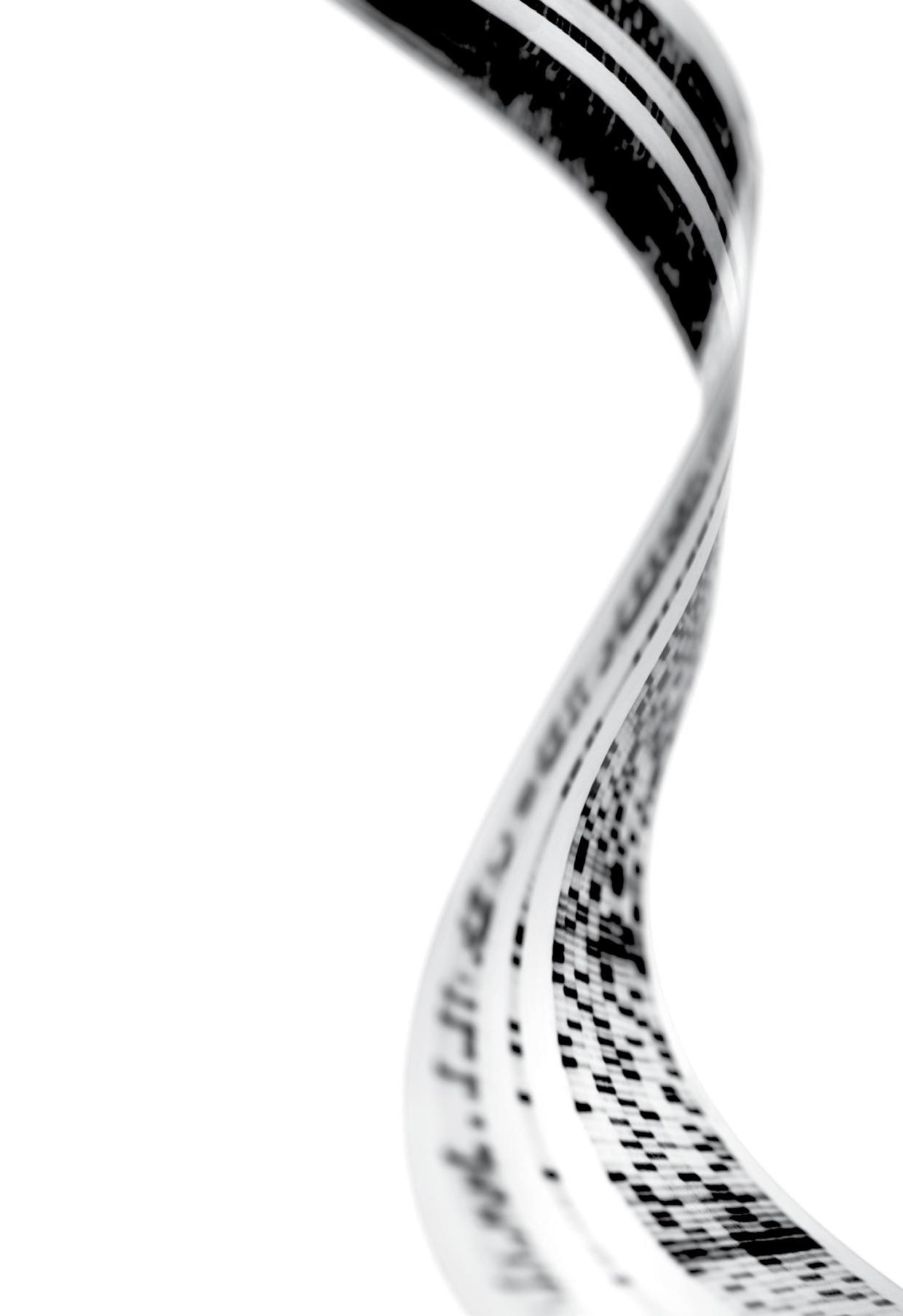
Harvard T.H. Chan School of Public Health 665 Huntington Avenue Building 1 Room 605 Boston, Massachusetts 02115
